Take a deeper look inside the MÜHLE Museum

Shaving as a Luxury
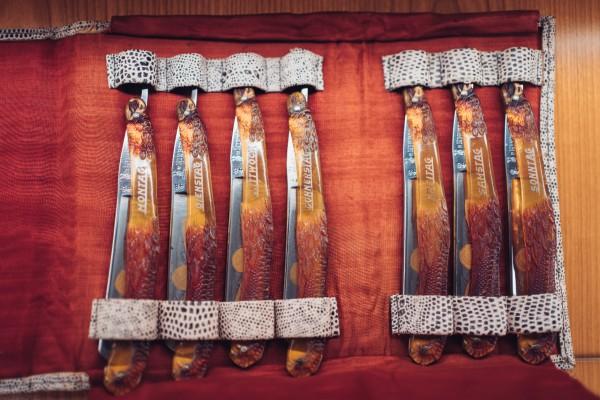
In the Beginning There Were
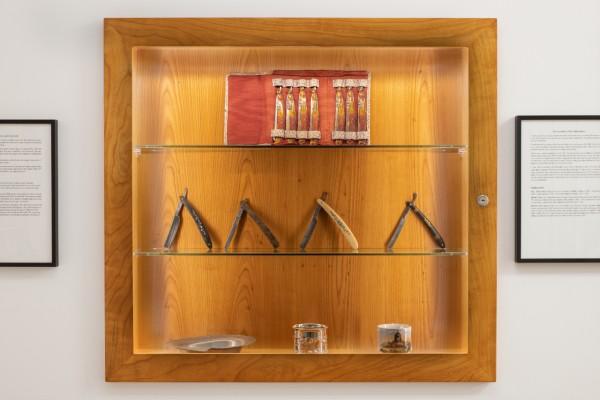
As mentioned above, the top-shelf showcases a weekly set of straight razors from Germany.
The middle shelf features a straight razor from Solingen circa 1900, handles have inlays of mother-of-pearl and silver wire. A horn engraved handle with motifs that symbolise the 4 seasons also sits on the middle shelf, this British made razor presumably came from Sheffield.
The bottom shelf has a shaving bowl with neckline tin (Germany, 1861), a shaving mug made of sterling silver from Rhode Island, USA circa 1910 and a German moustache cup circa 1900. These enjoyed great popularity between 1860 and 1920, as prominent moustaches and beards worn by the likes of Prussian Kings Wilhelm I and Wilhelm II corresponded to perceived images of masculinity. Handy moustache mugs meant that a cuppa never got in the way of a well-kept beard (and vice versa).
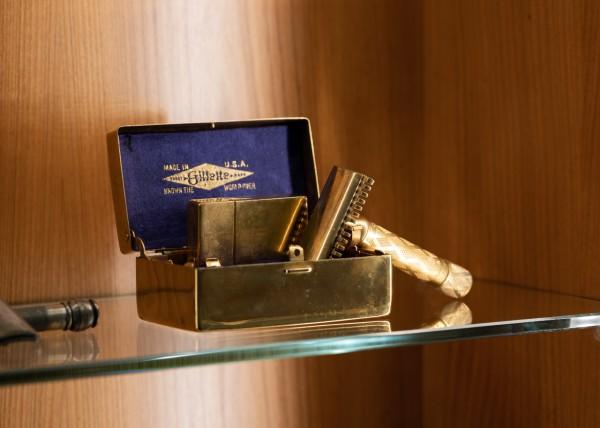
The Evolution of the Safety Razor
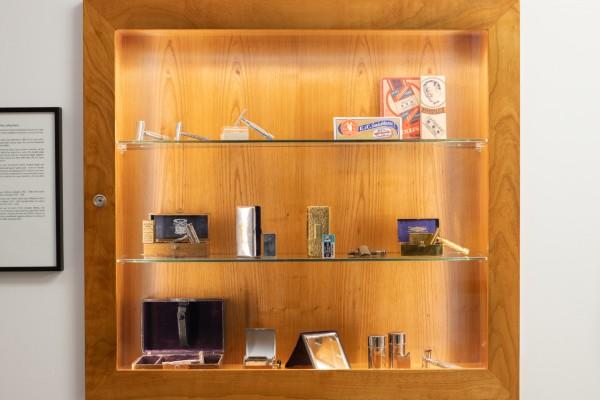
Safety Razors and shaving kits from the early 20th-century feature in the London MÜHLE Museum
At the MÜHLE Museum several Safety Razors or Double Edge (DE) Razors, as they are also referred to, feature. On the top shelf, you can see a silver-plated safety razor of the company Zwilling, Solingen, 1950 – 1960 and razor blades also from Germany 1930 – 1950. The middle shelf features one of the very first safety razors, a Wilkinson hybrid between the straight razor and 2-blade safety razor from the end of 19th century and the Gillette Special Edition as mentioned above. On the bottom shelf, we have Gillette silver plated and velvet-lined travel case for razors, circa the 1920s. There is also a sharpening tool for razor blades.
In the 1970s, cartridge and disposable razors were introduced, where multiple blades are embedded in plastic. These became the predominant type of ‘safety razor’ however double-edge safety razors are now experiencing something of a renaissance as 21st Century consumers search for sustainable, plastic-free lifestyles. We often get customers in-store who admire our Traditional safety razors and say, "This looks just like the one my grandad used to use!" This renewed appreciation for the unique and considered craftsmanship of razors and shaving tools has, in turn, helped restore shaving to its well-deserved ritual status; with our skin, mental well-being and general self-care reaping the benefits.
MÜHLE Barbershop Demo on 'How to shave with a Safety Razor' at launch event
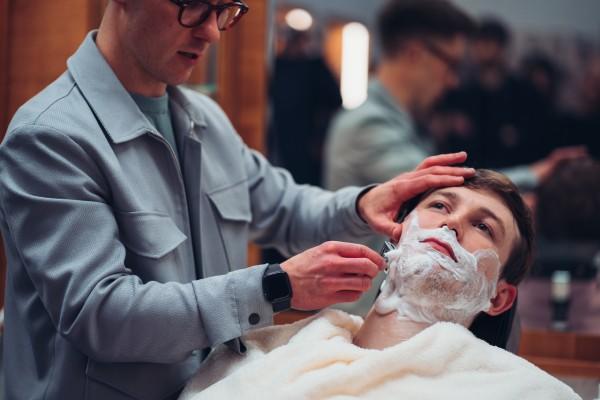
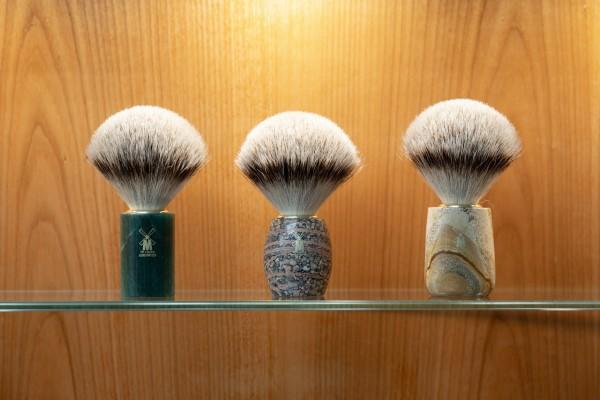
Iconic MÜHLE shaving brushes with handles made of semi-precious stones, Aventurine, Jasper and Epidote (1994 – 1999) feature in the MÜHLE Museum
Ready for a Beard Trim at MÜHLE London
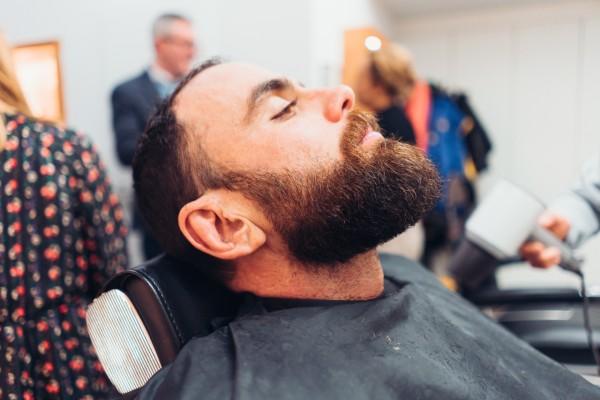
Shaving Today: Shaped, Sculpted or Sheared — It’s up to you.
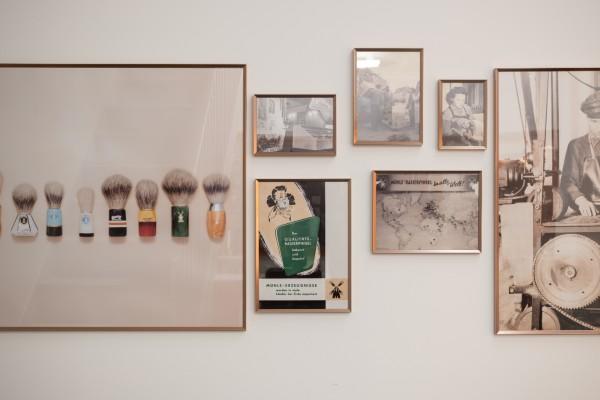
Gallery Wall at The MÜHLE Museum
